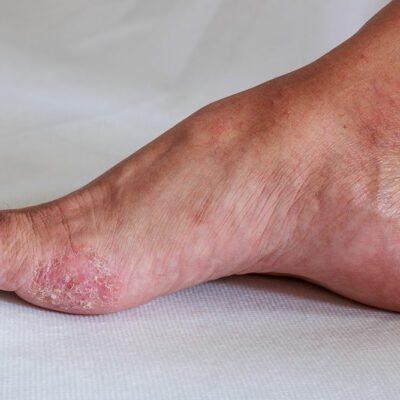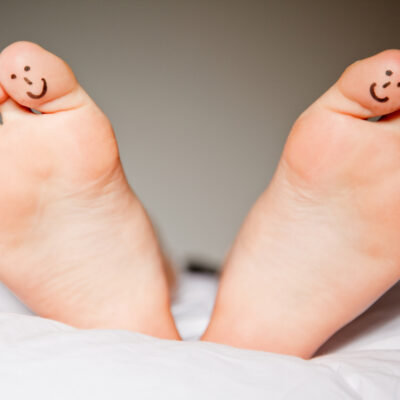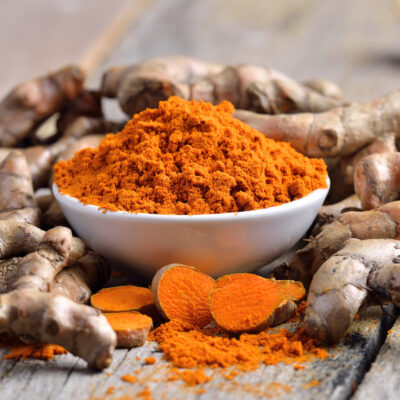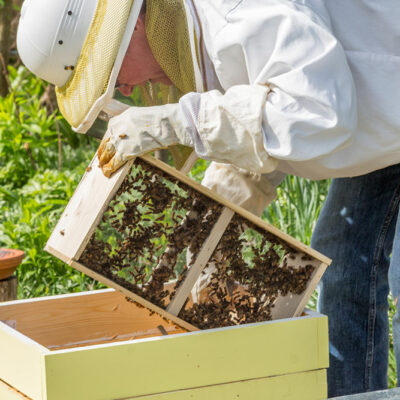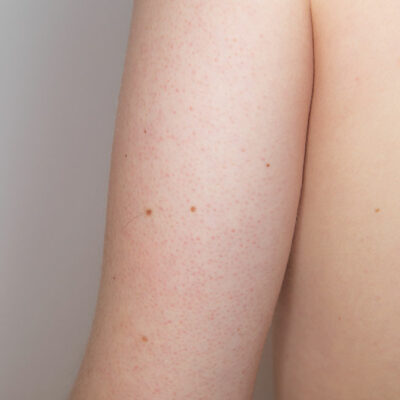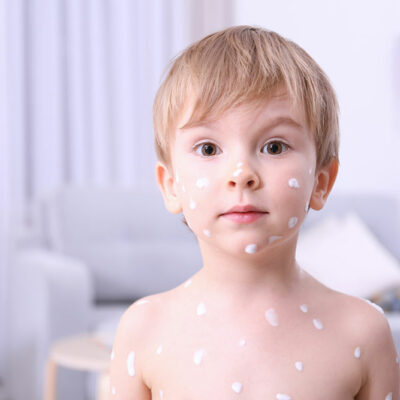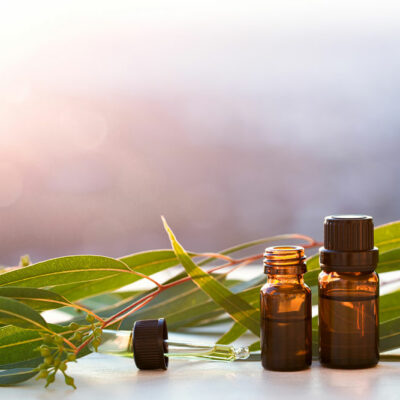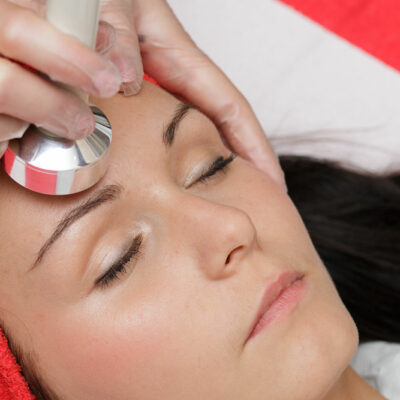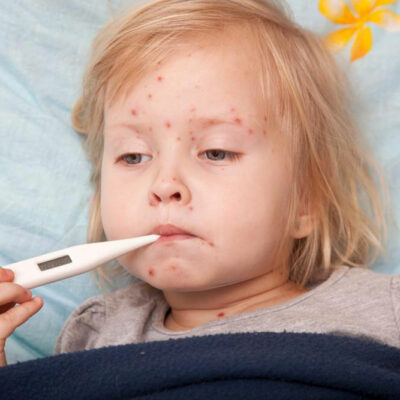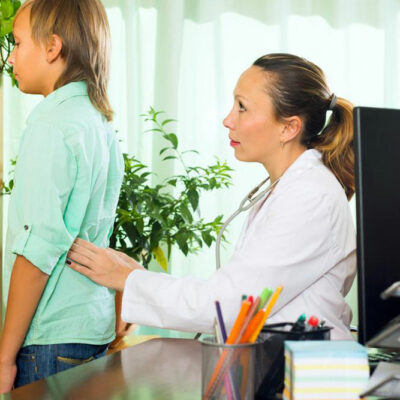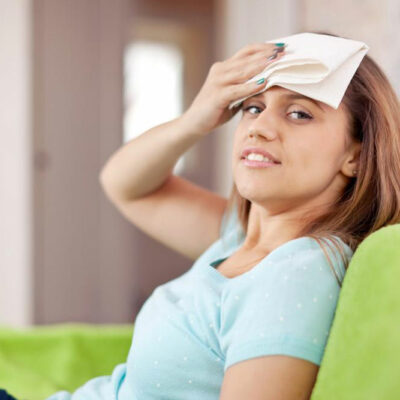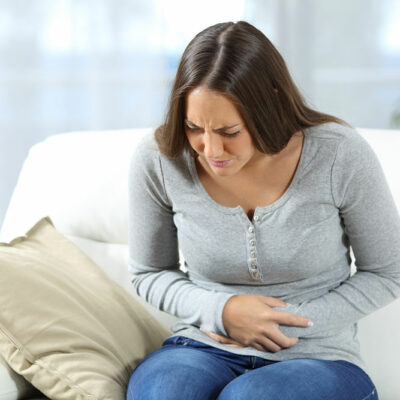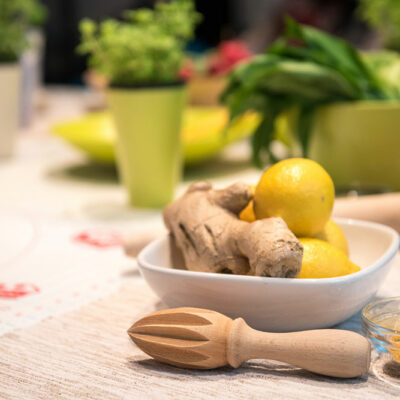
Skin
5 effective home remedies for rosacea flare-ups
Living a seemingly normal life with a chronic skin condition is an extremely difficult task. Managing the sudden flare-ups to finding the right skin products for sensitive skin is time-consuming and requires a lot of patience. Moreover, the misconceptions surrounding these skin conditions can make it difficult for the individual to come to terms with the condition. One such chronic skin condition that is known to affect middle-aged women and cause reddened skin on the cheeks and nose is rosacea. It usually affects people with fair skin and becomes more prominent with age. Rosacea can start from the cheeks and nose, and later spread to the forehead, chest, back, ears, and even eyelids in severe cases. Though there is no permanent cure for rosacea, there are certain natural remedies that can prevent the flare-ups and keep the condition under control. These effective home remedies are as follows: Aloe vera Aloe vera is one of the most effective home remedies that is used to treat a variety of skin conditions due to the plethora of medicinal properties it possesses. Many moisturizers contain aloe vera as the gel from the inner leaf of the plant is emollient and moisturizing. Moreover, aloe vera has soothing properties which makes it the perfect treatment for rosacea flare-ups.
Read More 